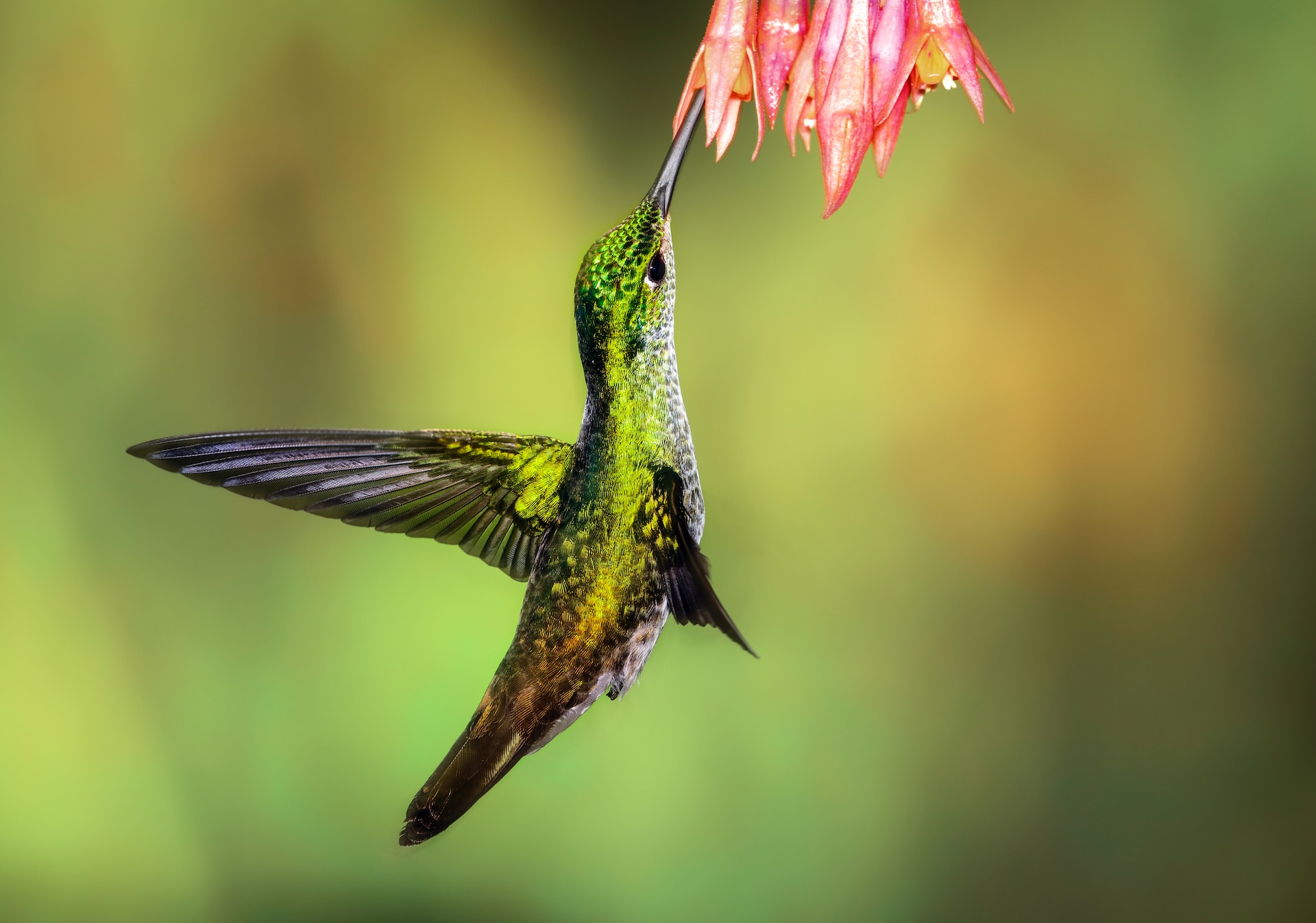Legal Considerations
In the pursuit of our love for nature and its delicate creatures like the hummingbird, it’s essential we understand the legal implications. In North America, birds like the hummingbird are federally protected by Migratory Bird Treaty Act. This also extends to their feathers, nests, and eggs. Regulations are such that one can face severe penalties for possessing even a hummingbird feather without permission.
These restrictions may seem intense but they are in place to safeguard these beautiful creatures from harm. Nobody can keep hummingbirds as pets, band their legs, raise them from chick stage, or rehabilitate an injured bird without the necessary federal and state permits. Taking time to deeply understand these laws is not just about avoiding penalties, but also about contributing to the survival and prosperity of hummingbirds.
Evaluating the Condition of the Bird
When finding an ostensibly distressed hummingbird, it’s crucial to correctly evaluate its condition. Recognizing if a hummingbird is in distress largely depends on the circumstances. Review the comprehensive guide on the Conditions of Distressed Hummingbirds for detailed insights.
A hummingbird trapped inside a building, for instance, may simply be disoriented and can be easily guided outside. Those that have collided with a window or are babies in need of care may require more comprehensive help. Understanding the situation will guide your next steps, ensuring you provide the right care without causing further stress to the already distressed hummingbird.
Preparing for Emergency Situations
If you live in areas where hummingbirds are frequent visitors, keeping a hummingbird first aid kit is a wise measure. This can be swiftly mobilized in case you encounter a distressed bird. According to insights gathered from Essentials for a Hummingbird First Aid Kit, such a kit should contain items like a small box for containment, bright red items to attract the bird, and nectar for feeding, among other imperative essentials.
Being prepared for such emergency scenarios can make a significant difference in the rescue and care of a hummingbird. With these resources at hand, you’ll be able to provide immediate care, increasing the chances of the hummingbird’s survival until professional help arrives.
Handling the Reality and Mobilizing Professional Assistance
Sadly, we also have to accept the reality that not all hummingbirds can be saved. Some may have sustained internal injuries or are too weak to recover, even with our best efforts. At such moments, it’s pertinent to reach out to a licensed wildlife rehabilitator or local veterinarian, who can make the call on the most compassionate course of action.
Timing is crucial in these situations. The sooner we can get professional help, the better the chances of saving the hummingbird. And in cases where the bird doesn’t survive, we can still honor their lives by planting flowers to attract and support other hummingbirds, as recommended by Honoring Hummingbirds After Care. Doing so ensures their memory lives on, and contributes positively to the hummingbird community.
<small>Image source: https://unsplash.com/photos/green-hummingbird-pollinating-on-pink-petaled-flowers-jQI1tnK6OEU </small>

